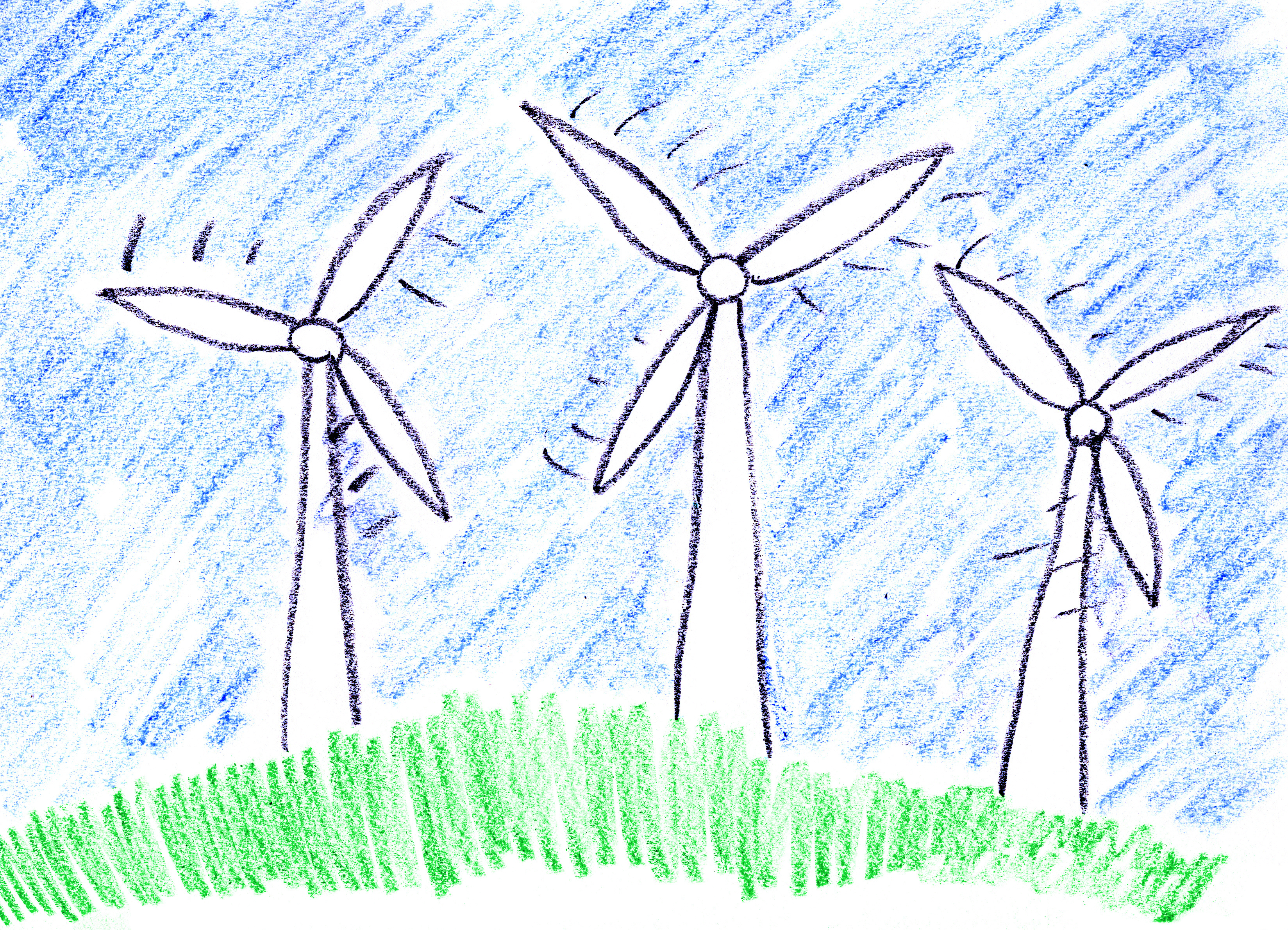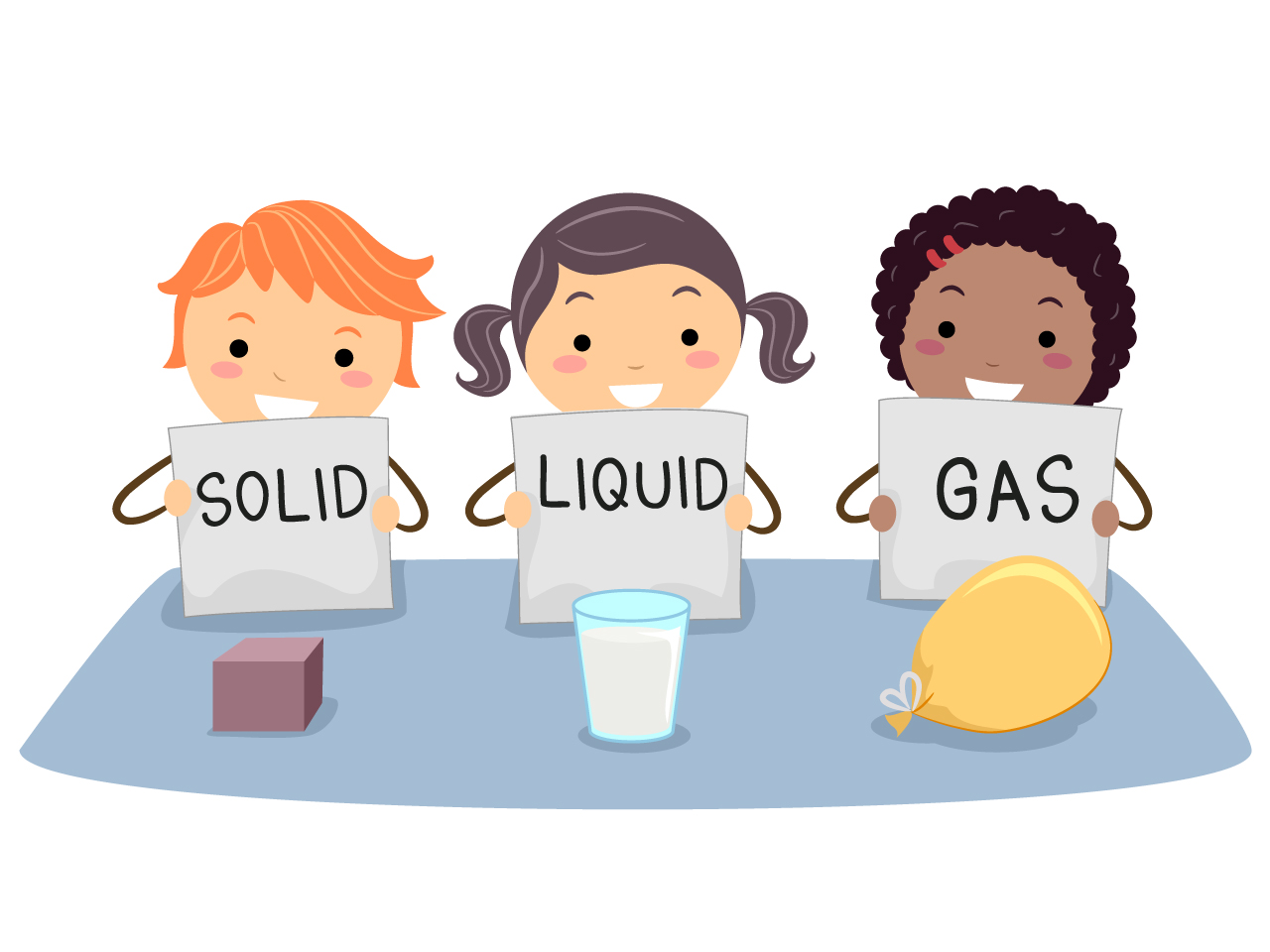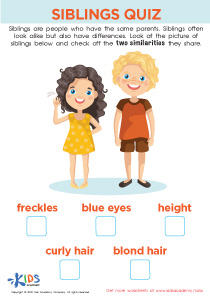Understanding light sources Physical Science Worksheets
6 filtered results
-
From - To
Discover the fascinating world of light with our "Understanding Light Sources" Physical Science Worksheets, designed for early grade learners. These engaging, printable activities help children identify and differentiate between natural and artificial light sources while building essential science skills. With vibrant illustrations and hands-on exercises, young scientists explore the basics of how light impacts our daily lives. Ideal for classroom or at-home learning, these worksheets enhance critical thinking and observational skills. Encourage your child's curiosity and lay a strong foundation for future scientific learning with Kids Academy's expertly crafted educational resources.
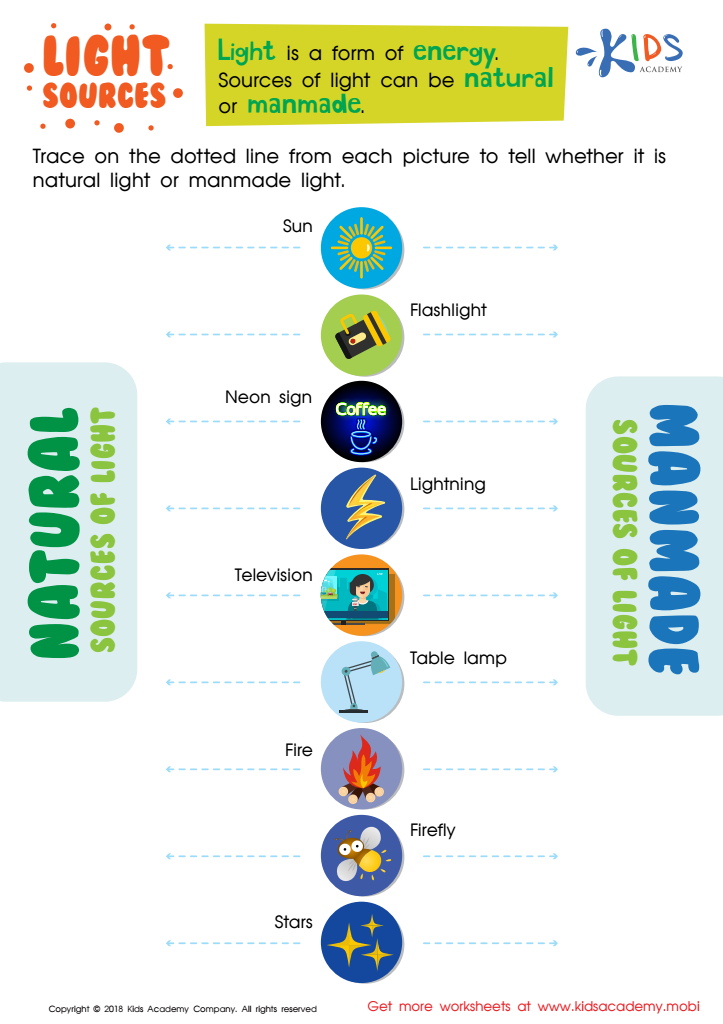

Natural and Manmade Light Sources Worksheet
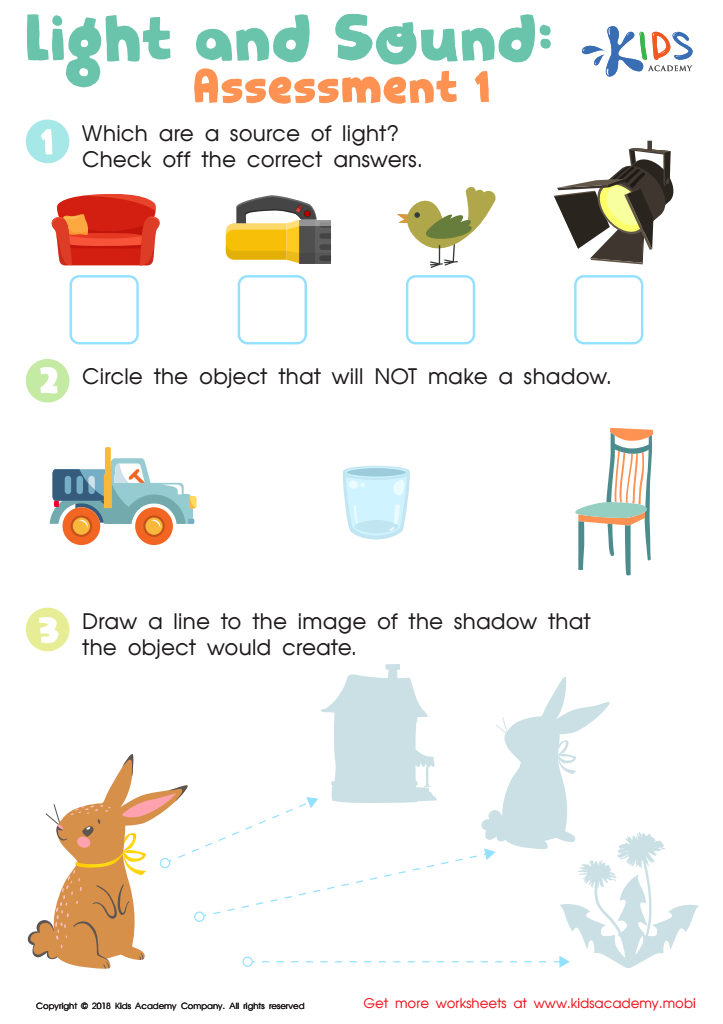

Light and Sound: Assessment 1 Worksheet
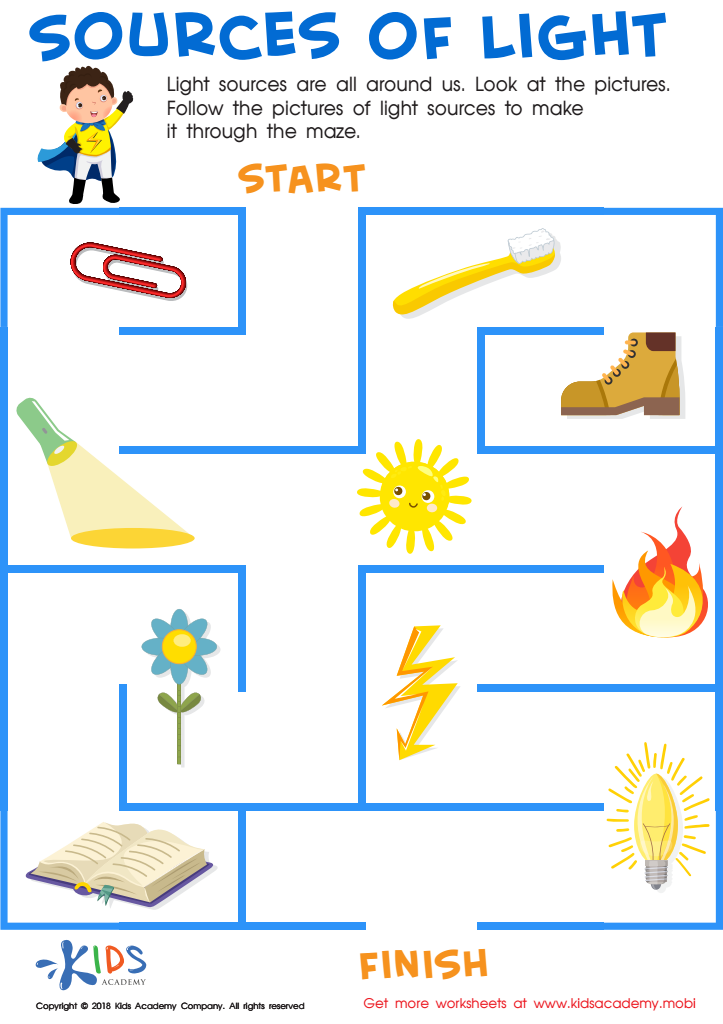

Sources of Light Worksheet
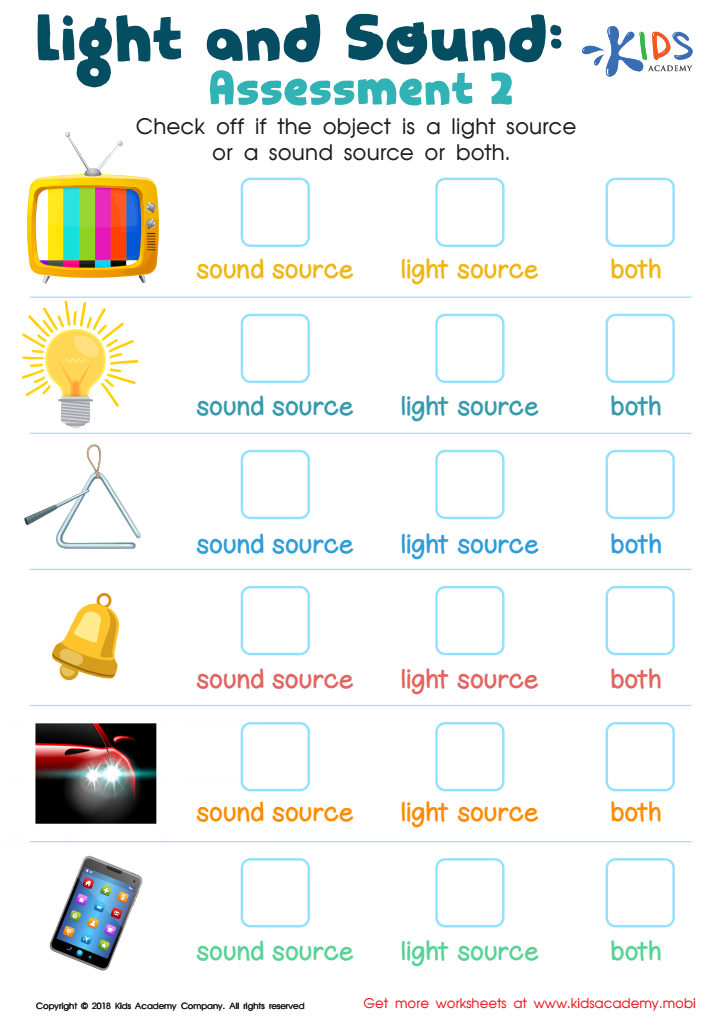

Light and Sound: Assessment 2 Worksheet
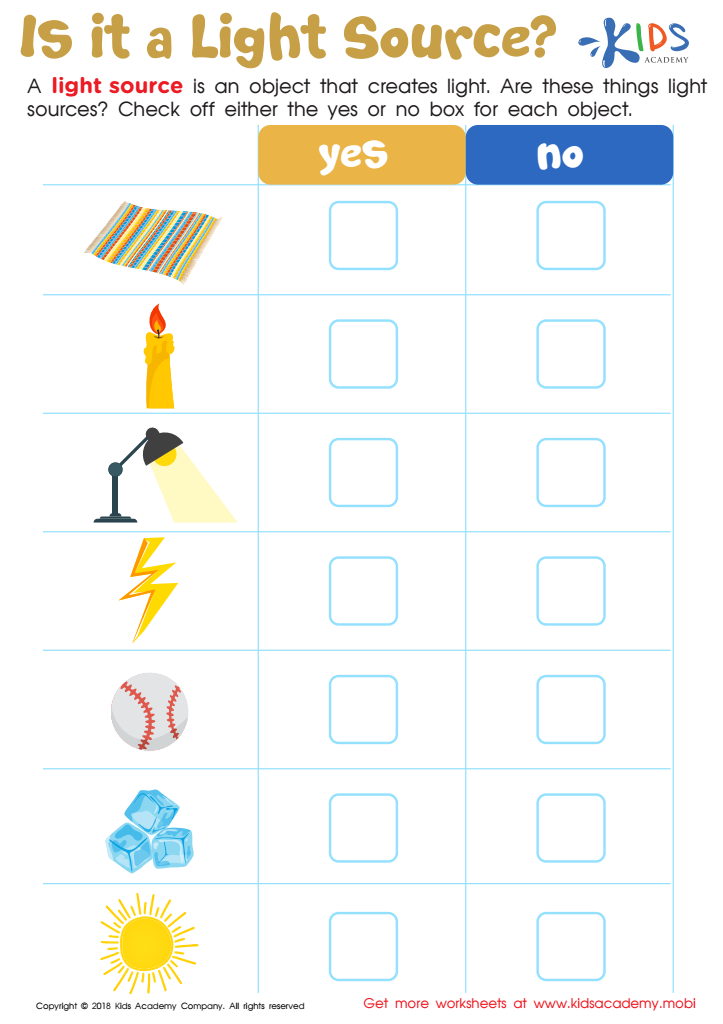

Is It a Light Source? Worksheet
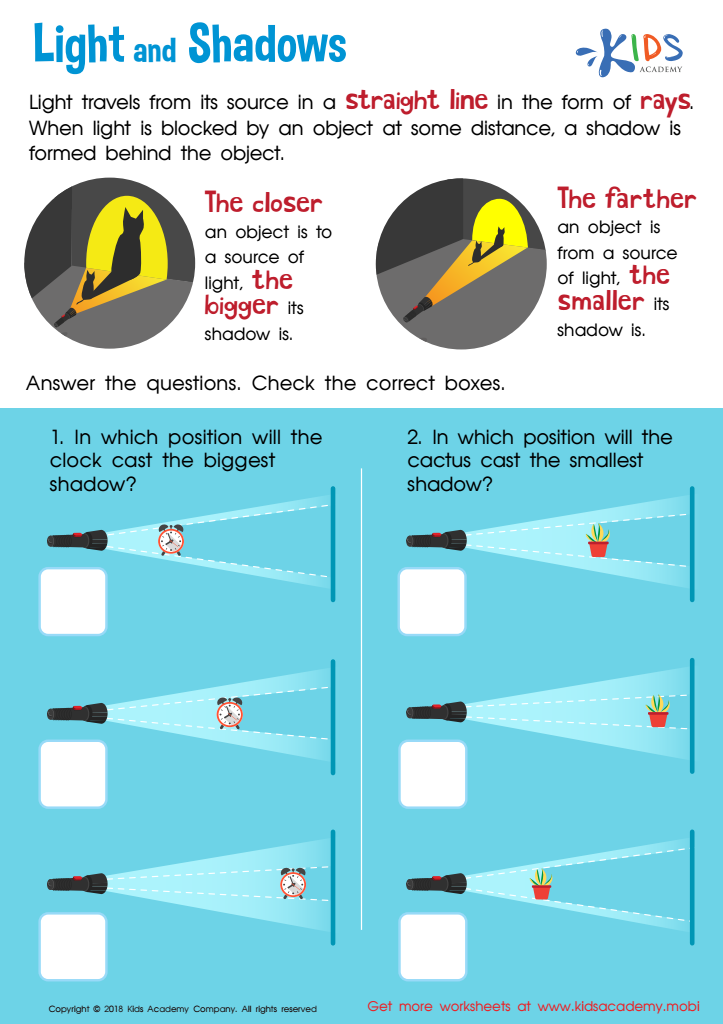

Light and Shadow Worksheet for Grade 3
Understanding light sources is fundamental in a child's education because it aids in developing critical thinking and scientific literacy. For parents and teachers, introducing basic concepts of physical science at an early age sets the stage for more complex learning in later years and fosters a natural curiosity about the world.
Firstly, learning about light sources helps children differentiate between natural and artificial sources—objects like the sun, lamps, and even fireflies. This knowledge lays the groundwork for understanding more advanced scientific concepts, such as energy conservation, the electromagnetic spectrum, and even climate change.
Secondly, exploring light and its interaction with objects (like shadows and reflections) enhances problem-solving and observational skills. Activities involving light sources can be highly engaging and prompt hands-on learning, making abstract concepts tangible and fun.
Additionally, understanding light has numerous practical applications. For example, it can improve safety when children learn about sources of light and darkness, or understanding why certain materials are more visible at night. It also ties into subjects like photography, art, and computer screens, making it multidisciplinary.
Ultimately, a sound grasp of physical science principles from an early age validates curiosity, fosters a mindset geared toward continuous learning, and opens future STEM opportunities. Empowering children with this knowledge cultivates an informed outlook essential for both academic and personal growth.
 Assign to My Students
Assign to My Students


